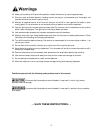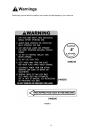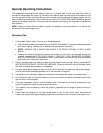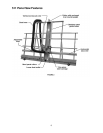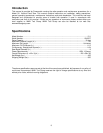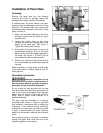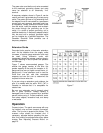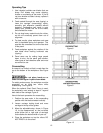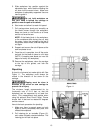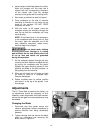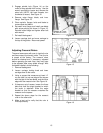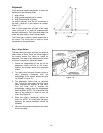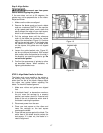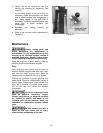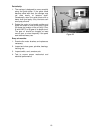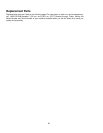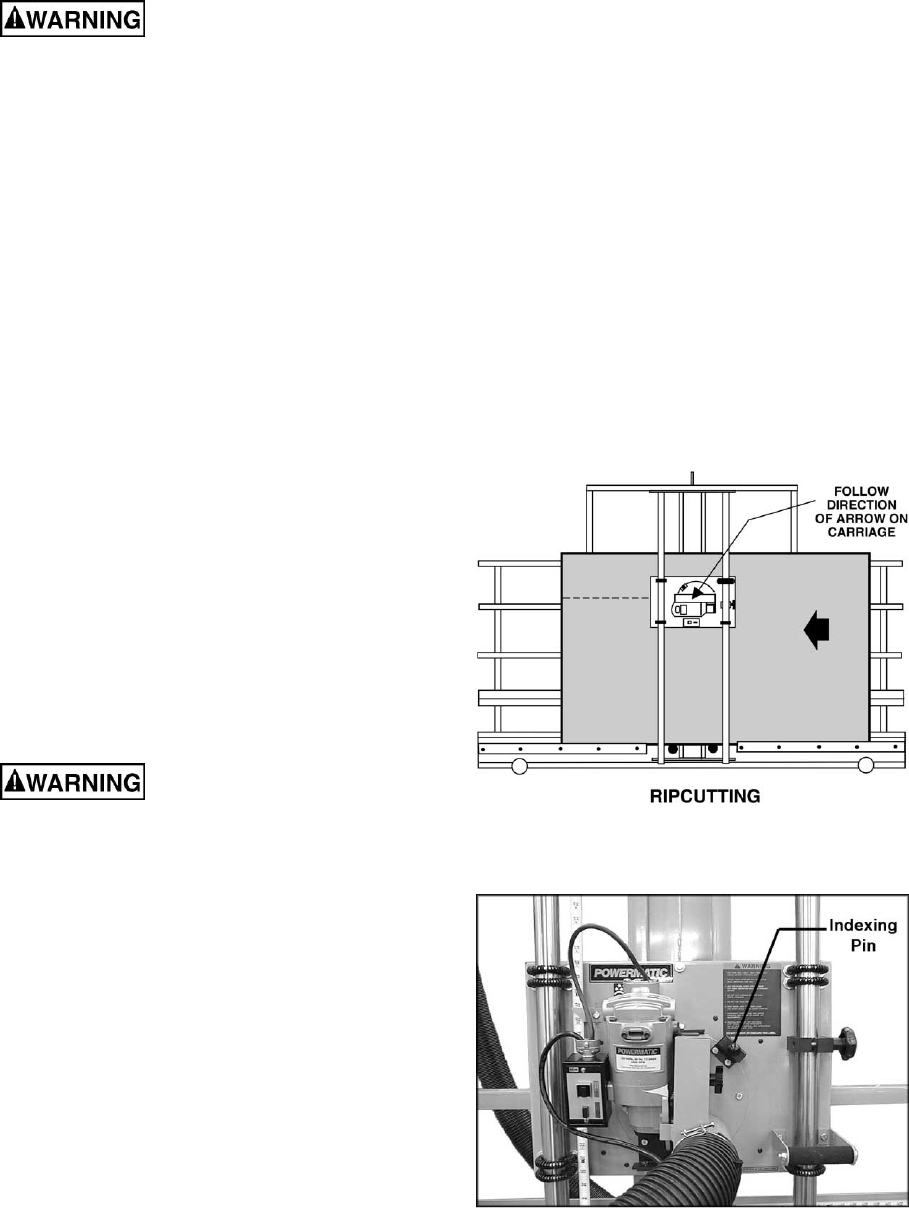
13
5. Slide workpiece into position against the
adjustable stop, while double checking the
cut size via the crosscut rulers. Make sure
workpiece is adequately supported. Use one
hand to guide it.
Do not hold workpiece so
that your hand is behind the carriage or
guides or near the path of the blade.
6. Start motor and allow it to reach full speed.
7. Pull carriage down slowly and smoothly as
t
he blade moves through the workpiece.
Keep one hand on the handle at all times
and do not force the saw.
NOTE: If the blade binds in the workpiece,
or the workpiece shifts during the cut, stop
the motor, return the carriage to the top of
the guides, restart motor, and then begin the
cut again.
8. Support and remove the cut-off piece as the
saw completes its cut.
9. Once the cut is complete, turn off the motor
and wait for the blade to come to a full stop
(NOTE: A coasting saw blade can mar the
edge of a freshly cut workpiece).
10. Remove the workpieces, return the carriage
to the top of the guides, and lock the
carriage.
Ripcutting
A ripcut is a horizontal cut made right to left. See
Figure 11. The workpiece must always be
moved in the direction of the arrow on the
carriage.
Ripping must be done in
direction of the arrow on saw carriage to
prevent risk of injury.
The minimum length recommended for rip
(horizontal) cuts is 2-1/2 feet, so that the
workpiece can be supported by at least four
rollers. (This measurement also applies when
using the optional Short Panel Fence). Pieces
shorter than 4 feet can be rotated 90 degrees
and be crosscut.
Here is the basic procedure for ripcutting:
1. Make sure there is enough space on both
sides of saw to completely load, pass, and
offload the workpiece.
2. Pull indexing pin on turntable (Figure 12),
and rotate turntable counterclockwise. The
indexing pin will lock into place.
Figure 11
Figure 12



